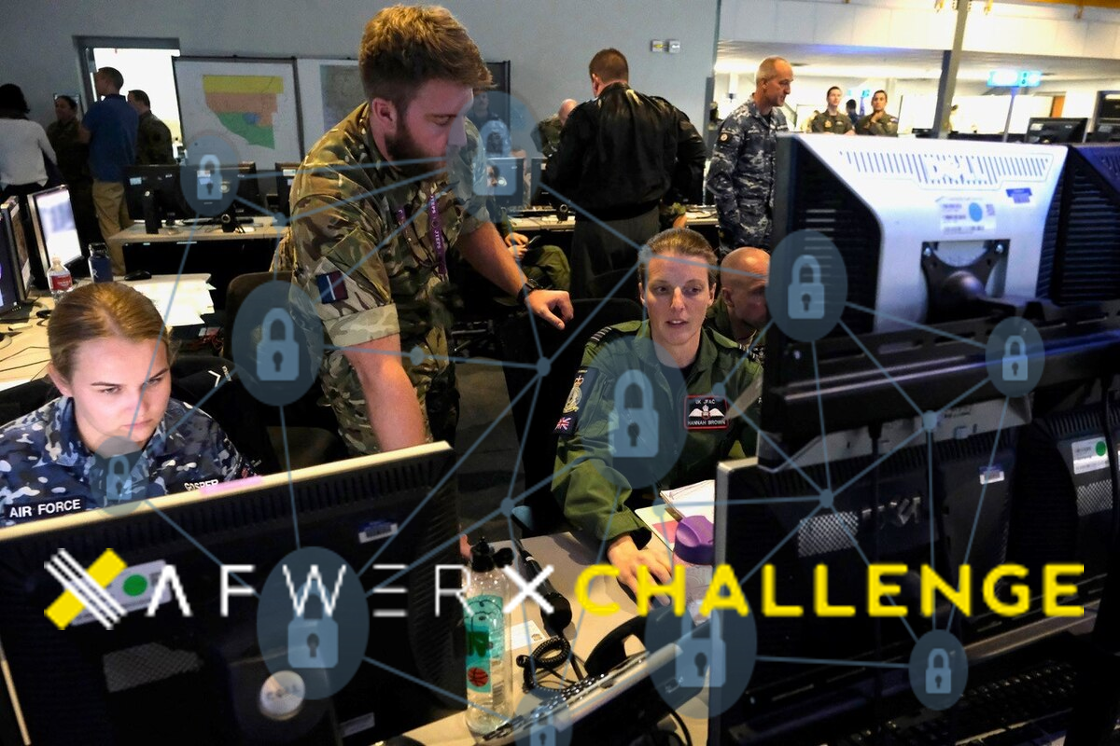Why is the US Air Force interested in the blockchain?
Before I answer that question, let me first provide some background on why ChromaWay is helping to answer this question.
ChromaWay was selected as one of 30 finalists (out of 300+ original applicants) to participate in the 2019-2020 AFWERX Challenge. AFWERX is the technology innovation arm of the US Force. Formed in 2017, they act “as a catalyst for agile Air Force engagement across industry, academia and non-traditional contributors to create transformative opportunities and foster an Air Force culture of innovation.” Based on a Silicon Valley model of innovation, AFWERX operates workshops, fund tech competitions, and match-make leading edge start-ups with the Air Force and other military service organizations to solve some of the biggest challenges in cyber-security, logistics, battle planning, and humanitarian disaster relief.
JADC2 is an acronym (the military loves acronyms) which stands for Joint All-Domain Command and Control. In short, the military recognizes that to be successful it must integrate the efforts of the Air Force, Marines, and Navy, but also other allied counties and even, in some situations, competitors.
But how do you do that?
Like the commercial world, the US military is extremely stove piped both with regard to systems and governance structures (see Figure 1). Coordinating missions which require the integration of data, intelligence, as well as physical and human resources across services is a major stumbling block.
Military organizations are also some of the most highly centralized entities in the world, so it may sound strange to hear them advocating for greater decentralization. Note that this is not Satoshi Nakamoto writing, but the US Air Force:
“Rather than amassing information at a rear collection point to be redistributed to the point of need as it is today, this new network forms a resilient decentralized mesh where data is redundantly stored across the network and where there are thousands of possible paths to move information from the source to the point of need. Using this approach, when a direct path is degraded or denied, the network automatically re-routes traffic around the barrier.”
The Nakamoto white paper is written more clearly, but you get the point.
Recognizing the importance of decentralization and the actual ability to support decentralized missions are two quite different things. This is why secure, distributed blockchain protocols are so intriguing to the military. And for our discussion, this is why ChromaWay’s relational blockchain technology can provide the US Air Force with highly secure, scalable technology for a new generation of military-grade distributed applications.
A New Way Forward
The military has been working with blockchain technology for at least the past three years. It certainly is well versed in cryptography and other methods of secure data exchange. The problem is communicating and sharing data with “untrusted” partners who aren’t already behind some sort of secure, military grade firewall. There are multiple blockchain projects in logistics, supply chain, and even in drone coordination and 3D printing. To date, blockchain infrastructures have lacked the scalability, security, and interoperability with current systems. In addition, there is an unfamiliarity with blockchain programming languages and architectures.
ChromaWay’s presentation to AFWERX/JADC2 participants on June 15, 2020 focused on introducing the concept of the relational blockchain. More specifically, how chromia’s relational blockchain infrastructure addresses these deficiencies and enables the Air Force to develop rich applications on our blockchain ledger, utilizing primitives like our single sign-on (SSO) user authentication capability to share data across the services ecosystem. Because most military applications are already written on top of relational databases, a new generation of interoperable distributed applications can provide both performance and security in tackling some of the most pressing challenges.
For the purposes of the event, ChromaWay presented a blockchain-based Military Asset Registry (MAR). Much like property, green asset, and company registration registries built on Chromia, the MAR enables:
- Dynamic, data sharing across among categories of allies and partners many of whom are not directly integrated with each other.
- A diverse set of participants to validate information on the blockchain to support military, intelligence, and humanitarian missions
- Airmen to identify devices, competitors, combatants, and friendly versus hostile locations
- A cryptographically secure repository combined with the scalability and performance of relational databases
- The capability to build a diverse set of applications on top of MAR.
What’s Next
ChromaWay is currently working with the AFWERX team to set-up a prototype project under the recently released contracting vehicle available for review here. If you are interested in joining this effort, please contact me ([email protected]) for more information. We will also continue to provide updates in this space on our progress.
